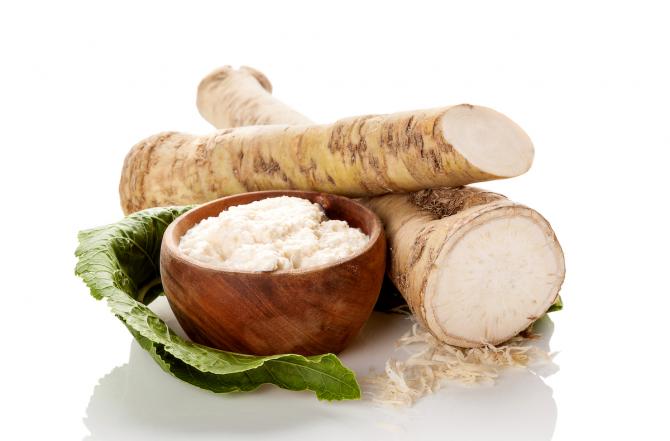
We remember the bitterness of slavery.

Slavery and Its Atonements: On the Impact of Slavery and the White Jewish Obligation to Respond by Rabbi Toba Spitzer
An essay that helps place the conversation about reparations into the context of Jewish teaching and values.
Maror reading from A Women’s Seder, Temple Beth Sholom, Miami Beach.
The maror, or bitter herbs, burns our mouth to remind us of the bitterness of slavery. The commandment to eat maror has traditionally been sweetened by dipping the maror into the charoset.
Charoset Recipes from Around the World from Miri Rotkovitz in The Spruce Eats
Charoset (or Haroset) traditionally symbolizes the mortar used by the Hebrew slaves to make bricks. Jews have developed different recipes, flavors and traditions for this sweet condiment throughout history and location.
§ Curated and written by Rabbi Elyse Wechterman and Rabbi Maurice Harris. Sourced by Rabbi Michael Fessler, Tresa Grauer, Ph.D., Alison Houghton, Rabbi Maurice Harris, Jackie Land, Rabbi Alan LaPayover, Rabbi Vivie Mayer, Rabbi Isaac Saposnik, Rabbi Elyse Wechterman, Rabbi Micah Geurin Weiss, Cyd Weissman. Graphic by Rosa Cohen. Web development by Rabbi Michael Fessler.
* Music courtesy of Rabbi Micah Becker-Klein, Rabbi Myriam Klotz, Rabbi G. Rayzel Raphael, Juliet Spitzer, Rabbi Margot Stein and Rabbi Shawn Zevit. More of their music and the music of their bands, Shabbat Unplugged and Miraj, is available on Spotify, iTunes and CD Baby. Songs copyright ©Shabbat Unplugged and the Reconstructionist Press.